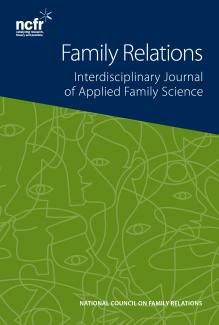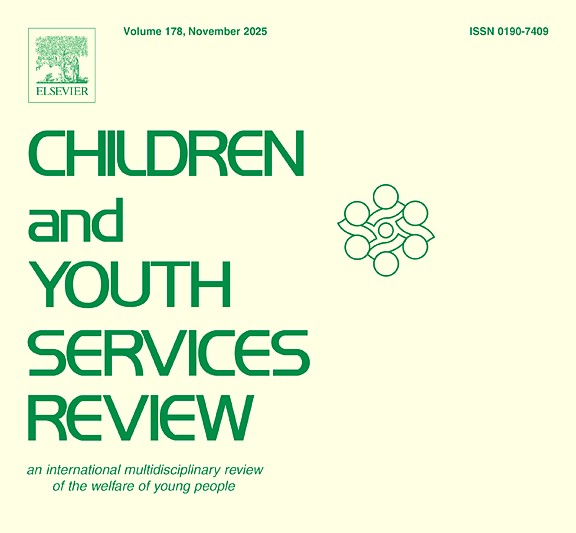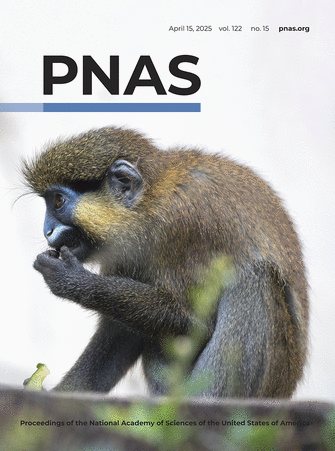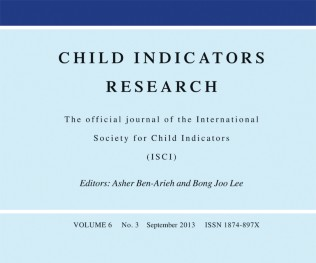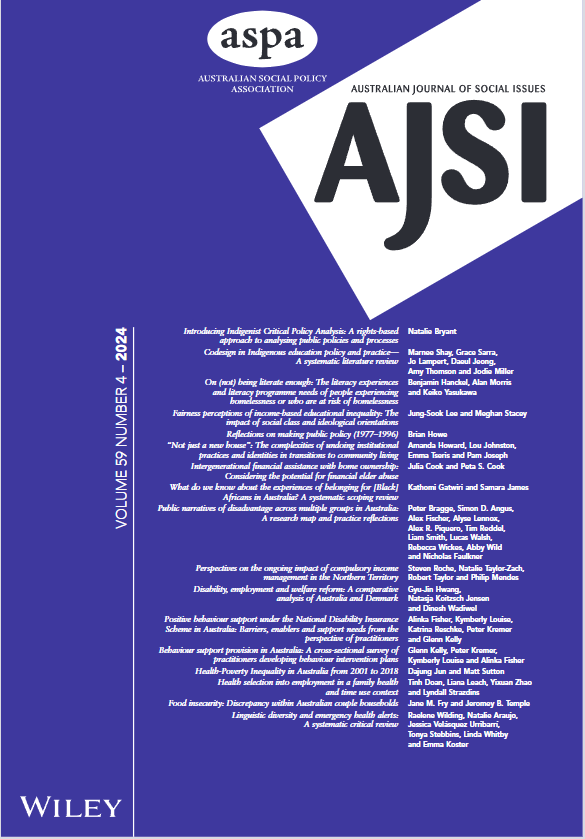Home Children
Children
- Research
This mixed-methods study explored how transition planning is implemented in Victoria, Australia, from the perspectives of young people, residential out-of-home care staff and cross-sector staff.
- Research
The goal of this study was to explore service providers’ perspectives on coordinating support for children experiencing maternal incarceration in Australia.
- Research
This study evaluates the impact of the Premier’s Youth Initiative (PYI) in NSW, an accommodation and support intervention, on homelessness outcomes for care leavers and explores its implementation.
- Research
The study explores the patterns of ACEs contributing to childhood homelessness in South Africa to identify immediate causes and underlying factors that sustain the issue.
- Research
The Report on Government Services (RoGS) provides information on the equity, effectiveness and efficiency of government services in Australia. The…
- Research
A study of over 9,000 participants showed that early life adversities correlate with diminished white matter connections, increasing risk for cognitive difficulties, but supportive relationships may offer protection.
- Research
this study examined the association between individual and cumulative ACEs and parent-reported child homelessness in the US. Data for this study were derived from the 2022 National Survey of Children’s Health.
- Research
This paper explores the experiences of young people in Queensland, Australia, under child protection orders who leave approved out-of-home care…


